Spotlights
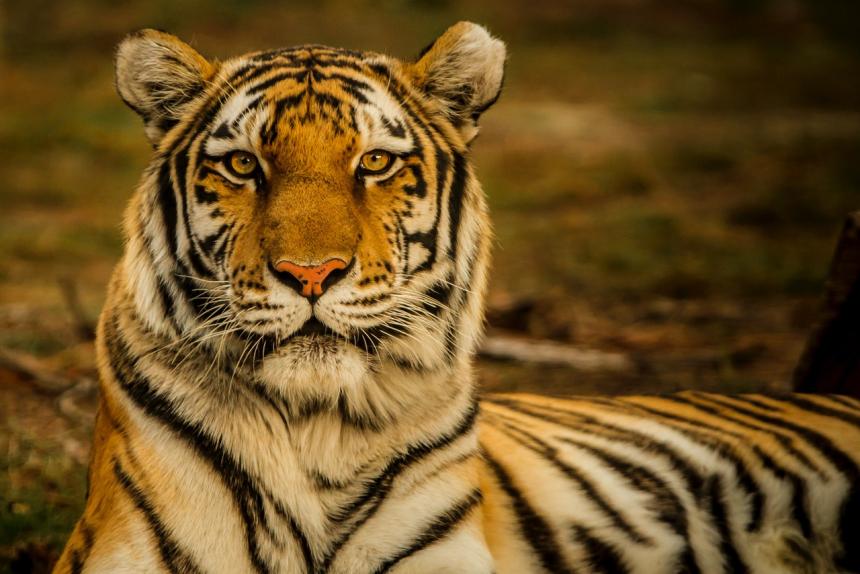
For Your Information
February 16, 2021
Tigers are among the most charismatic of endangered species and garner significant conservation attention. However, their evolutionary history and genomic variation remains poorly known, especially for Indian tigers. With 70% of the world's wild tigers living in India, such knowledge is critical for their conservation.
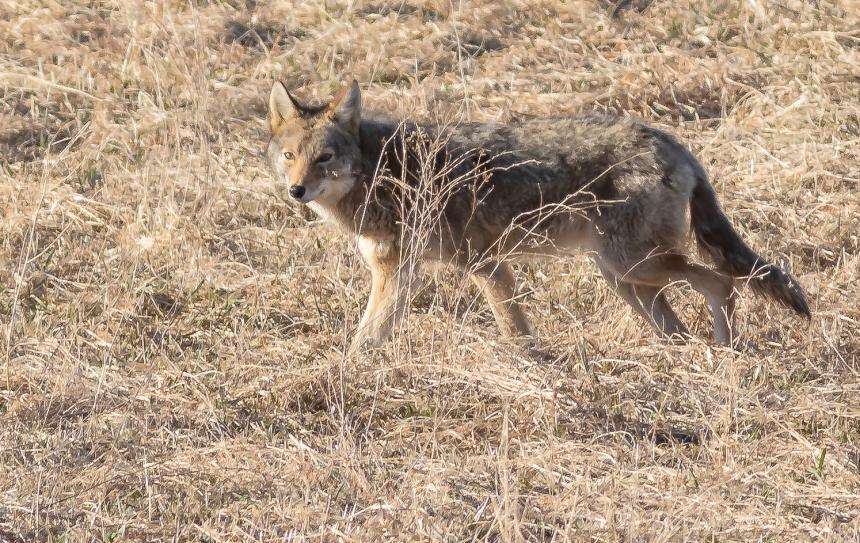
For Your Information
January 20, 2021
As part of the national recovery effort, endangered black-footed ferrets were reintroduced to the Cheyenne River Sioux Reservation in South Dakota in 2000. In an effort to determine possible causes of the population decline after the reintroduction, researchers conducted a pathogen survey using coyotes as a sentinel animal.
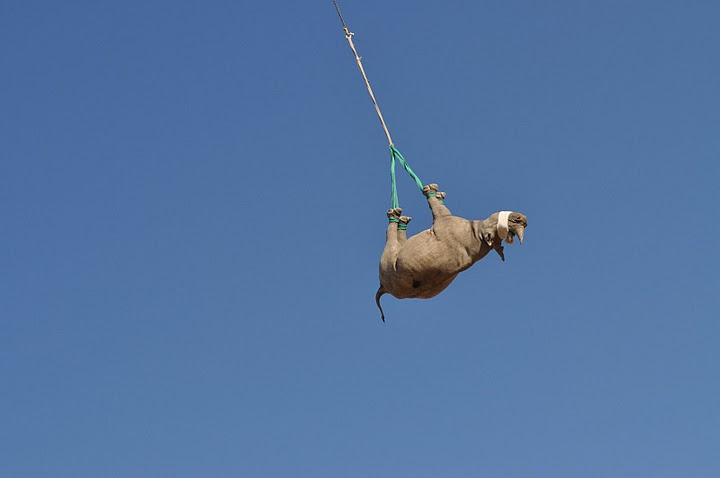
For Your Information
January 18, 2021
In a new study published in the Journal of Wildlife Diseases, Cornell University College of Veterinary Medicine scientists have found that when moving endangered rhinoceroses in an effort to save the species, hanging them upside down by their feet is the safest way to go.
Video
October 12, 2020
A baby bobcat named Dottie was treated at the Cornell University Hospital for Animals for an infection and a joint injury after taking a fall.
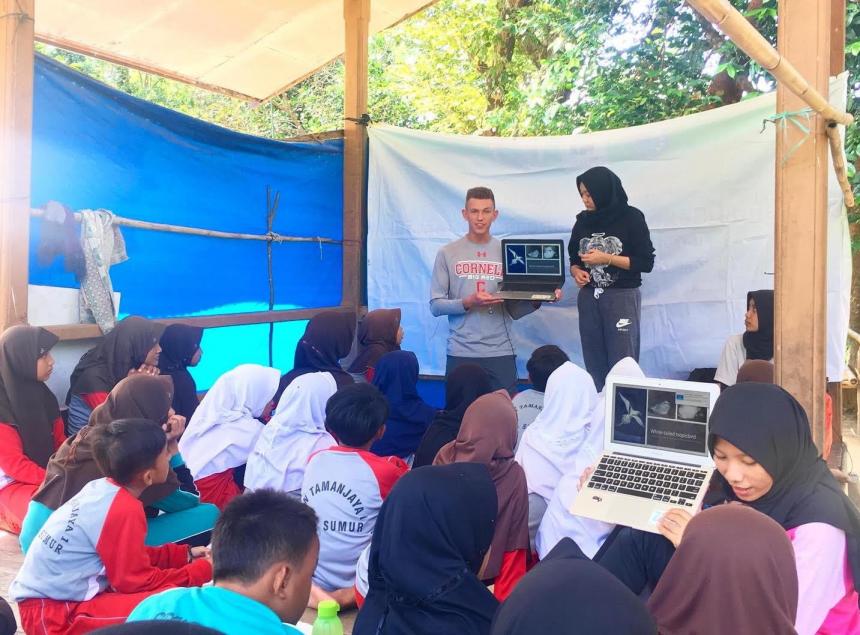
Blog
September 09, 2020
Cornell veterinary student Alexander Levitskiy ’24 reflects on his experience working in Indonesia last summer as part of an international program that exposes students to wildlife conservation work.
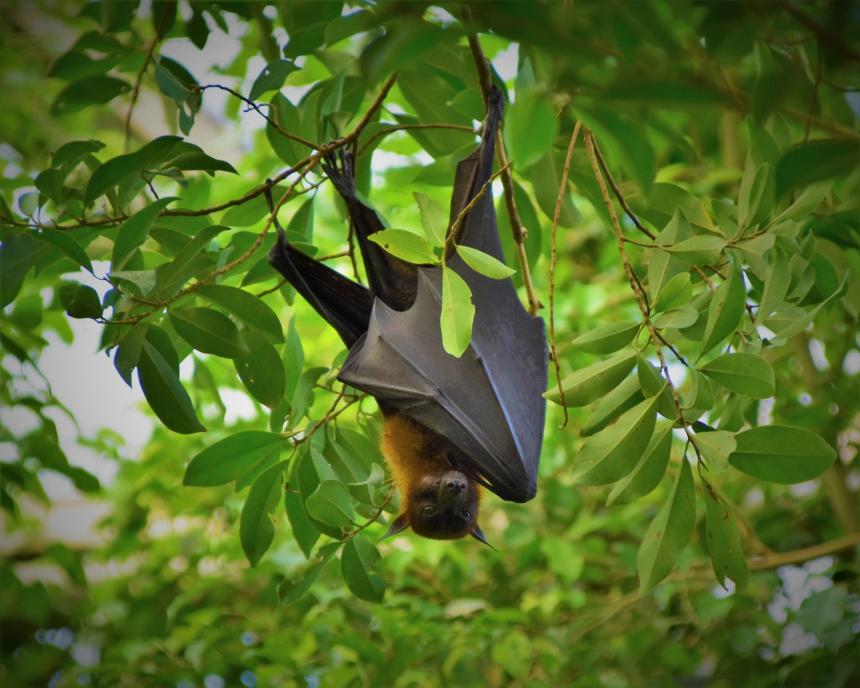
For Your Information
August 10, 2020
The mixing of multiple coronaviruses, and their apparent amplification along the wildlife supply chain into restaurants, suggests maximal risk for end consumers and likely underpins the mechanisms of zoonotic spillover to people.
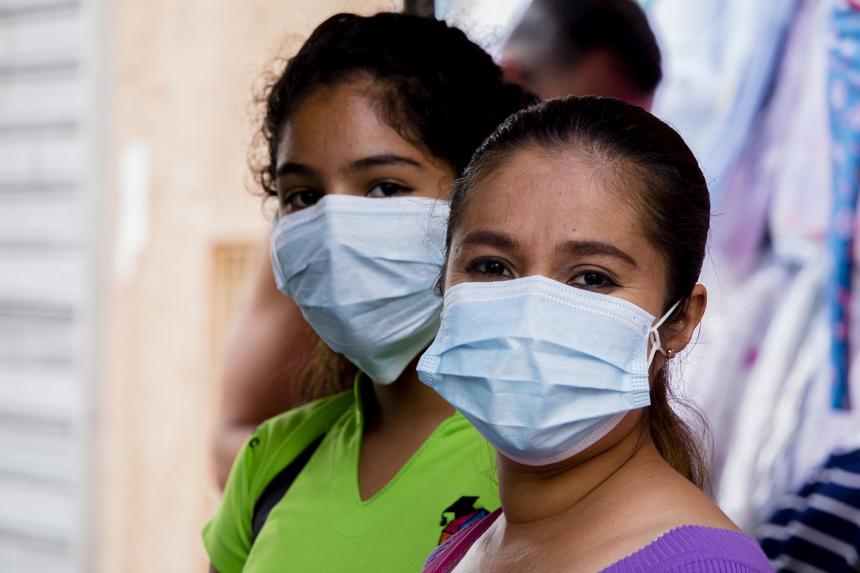
For Your Information
June 26, 2020
The COVID-19 pandemic is only the latest instance of an infectious pathogen jumping from animals to people. How to prevent the next pandemic is a matter of vigorous debate, and this report examines some of the key issues around virological research and human activities that can enable disease emergence (such as deforestation and the wildlife trade), and considers how conservation of wilderness and associated biodiversity can make us safer.
Podcast
June 23, 2020
In this Cracking One Health podcast interview, Dr. Steve Osofsky provides a personal perspective on his One Health work in southern Africa, and on his role in the origins of the One Health movement.

Video
June 06, 2020
Solving the world’s most pressing health challenges, like the recent efforts to prevent coronavirus spread, requires an interdisciplinary, collaborative approach. While a long-standing platform of Cornell’s mission and vision, this One Health philosophy is now more popular than ever. Learn how Cornell is leading the way in linking human, animal, and ecosystem health.
Podcast
June 02, 2020
This podcast interview focuses on questions our pandemic predicament makes unavoidable, and on the value of using a One Health and Planetary Health lens to inform our answers.
